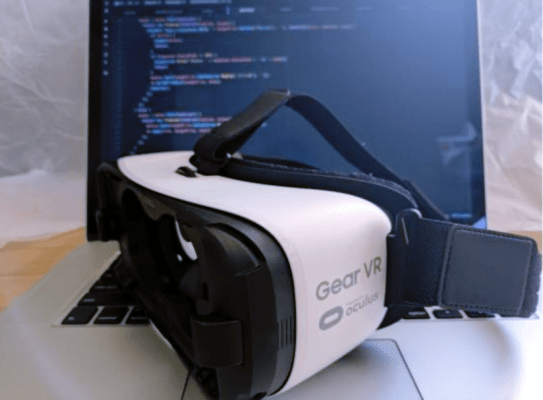At its F8 developer conference, Facebook today announced the launch of React VR, a new JavaScript framework that lets developers build virtual reality experiences with the help of JavaScript. As its name implies, React VR takes its cues from Facebook’s existing React framework; just like with React for standard web apps, VR developers can now use the same declarative model to write apps for their 360-degree experiences.
Unsurprisingly, React VR uses existing web technologies like WebGL and WebVR to power the experience and interact with the various sensors in them. It’s worth noting that the focus here isn’t (yet?) on building complex VR games and other experiences. While you can add 3D models, the main idea here is to allow developers to easily combine 360 panoramas with 2D user interfaces, text and images.
 Anybody with experience in building React apps should be able to build React VR apps pretty easily (and those developers will also be able to leverage many of the existing tools in the React ecosystem).
Anybody with experience in building React apps should be able to build React VR apps pretty easily (and those developers will also be able to leverage many of the existing tools in the React ecosystem).
Even more so than mobile apps, VR apps need to be rendered at 60 frames per second (or, ideally, even faster). Because React Native already addressed many of the issues that typically make this hard to do with a JavaScript app, the team was able to get the right amount of performance to make React VR applications fast enough, too.
The code of React VR is now available on GitHub and, if you want to play with it, you also can find the documentation here.
